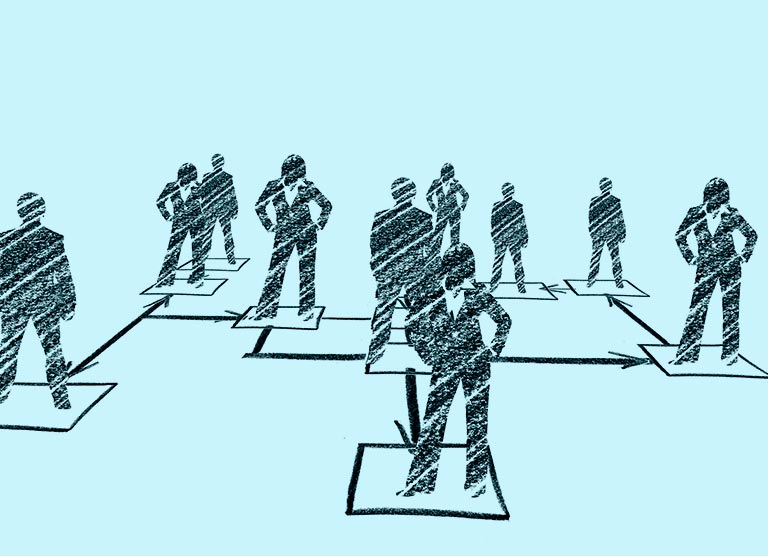Why develop a Responsibility Chart
Programme management has become increasingly important in the Irish health services. More and more, programme management is achieving specific outcomes both nationally and within local environments. For instance, the success of many of our national health strategies relies on programmatic delivery. Equally, the methodology has been used at local level, such as responding to a HIQA report. Programme management is similar to, but is distinct from, project management. Generally, a programme will consist of a number of phases or initiatives which may, or may not, be identical. For example, coordinated and aligned educational, therapeutic and support projects may all be part of a in a smoking cessation programme. Because of the multiple stakeholders involved, it can sometimes be difficult to understand the part which each one plays. For that reason, developing a Responsibility Chart is one of the most important activities during the development of a Programme Plan.
How to structure a Responsibility Chart
The Responsibility Chart clarifies the different roles of everyone concerned with the programme. It helps to streamline programmes so that different stakeholders are involved to just the right degree. Take, for example, a senior management team which is concerned about DNAs (Did Not Attends) in the Outpatient Department of their hospital. They set up a multi-disciplinary group to review and then implement a range of initiatives in a programme designed to achieve a 33 per cent reduction in DNAs in six months. Developing a Responsibility Chart lets everyone know both who is involved and to what extent.
The best known version of the chart takes the form of a matrix with the participants on one axis and the activities within the programme on the other. The degree of involvement is expressed as letters with RACI being used in the classic version of the chart.
The letters stand for:
- Responsibility: Usually team members with specific duties in relation to the activity.
- Accountability: Denotes the person who is ultimately accountable for performance outcomes.
- Consultation: People whose opinion should be sought before decisions are made. They may include experts, resource handlers or people with regulatory responsibility for example.
- Inform: People who should be kept up to date on what is happening.
Example of a Responsibility Chart
A simple presentation of a Responsibility Chart can be seen below:
| Patient Communications | Reminders | Medical Compliance | Tracking | |
| Lead Clinician | R | I | A | I |
| ADoN OPD | R | C | R | I |
| Business Manager | A | R | I | I |
| Medical Secretaries | A | R | I | C |
| Nursing | I | R | R | R |
| Services Manager | I | I | I | I |
| IT Manager | I | A | I | A |
Developing a Responsibility Chart streamlines activities and ensures that accountability is clear, responsibilities are distributed, but that people are consulted and informed as appropriate without having to be fully involved.
Other versions of the chart include different letters such as S which indicates that that a person is necessary to support an activity and NI where their involvement is not necessary.








